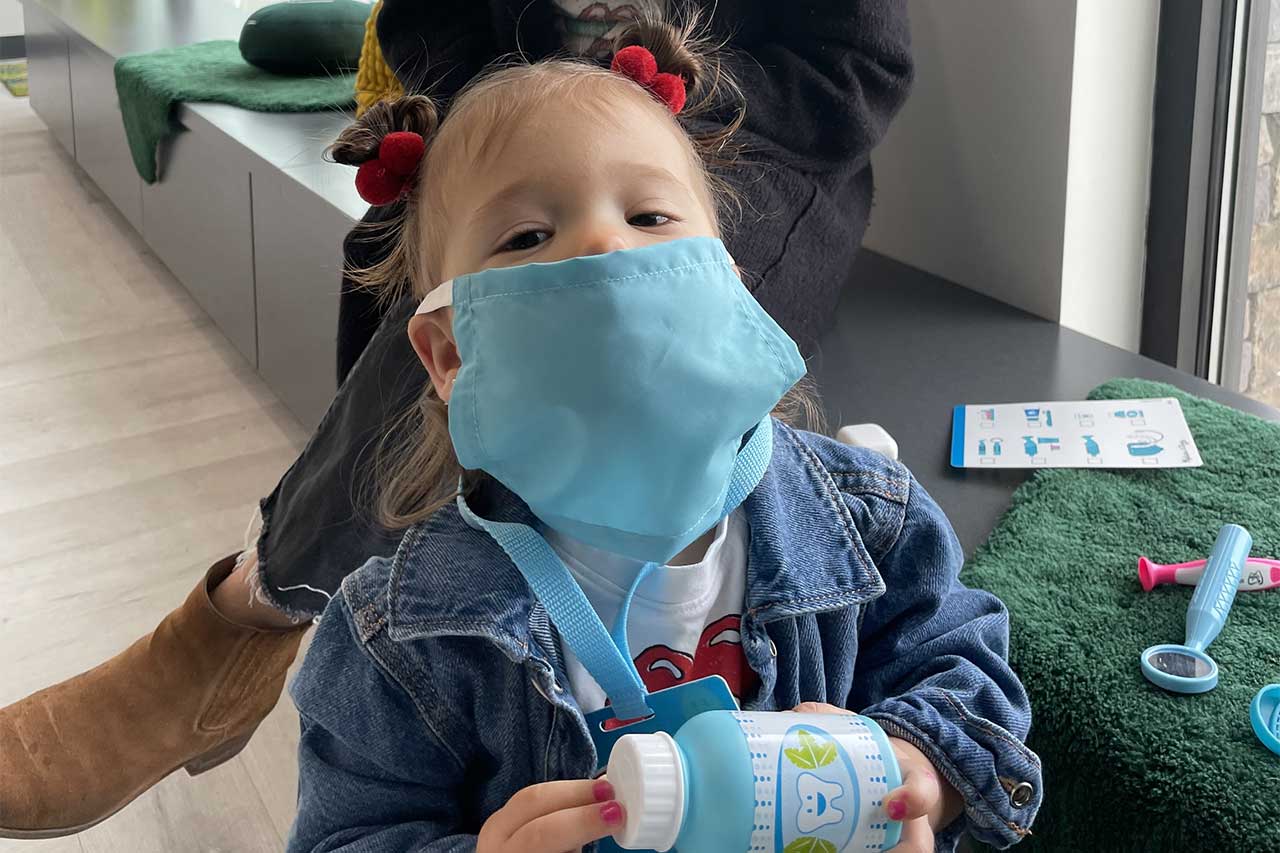Tooth decay is one of the most common oral health issues, and the culprits behind it are bacteria that thrive in our mouths—and on our toothbrushes. Understanding the types of bacteria involved in the decay process can help you take proactive steps to protect your teeth and maintain better oral hygiene.
The Main Bacteria Responsible for Tooth Decay
- Streptococcus mutans – This is the primary bacterium responsible for cavities. It feeds on sugars from food and produces acid that erodes tooth enamel, leading to decay.
- Lactobacillus – Once cavities begin to form, Lactobacillus bacteria further contribute to demineralization and the deepening of decay.
- Actinomyces – These bacteria are involved in the early stages of plaque formation and can contribute to root surface decay, particularly in older adults.
How Bacteria Contribute to Decay
When you eat sugary or starchy foods, bacteria in your mouth break them down, releasing acids as a byproduct. These acids weaken enamel by stripping away essential minerals, making teeth more susceptible to decay. If not properly managed with good oral hygiene and regular dental care, this process can lead to cavities, infections, and even tooth loss.
Can Bacteria Survive on Your Toothbrush?
Yes! Bacteria from your mouth transfer to your toothbrush every time you brush. Since toothbrushes often remain damp, they create an environment where bacteria can multiply. Some toothbrushes may even harbor bacteria from surrounding air and surfaces, increasing the risk of reintroducing harmful microbes into your mouth. This is why changing your toothbrush regularly—especially after being sick—is crucial for maintaining oral health.
How to Reduce Bacteria on Your Toothbrush
- Replace your toothbrush every three months or sooner if the bristles are frayed.
- Rinse your toothbrush thoroughly after each use to remove residual toothpaste and debris.
- Store your toothbrush upright in an open-air holder to allow it to dry properly.
- Avoid sharing toothbrushes to prevent the spread of bacteria.
- Sanitize your toothbrush periodically by soaking it in an antibacterial mouthwash or using a UV sanitizer.
Understanding the role of bacteria in tooth decay and how they can linger on your toothbrush can help you take better care of your teeth. By maintaining good oral hygiene habits and replacing your toothbrush regularly, you can minimize bacterial buildup and keep your smile healthy.


